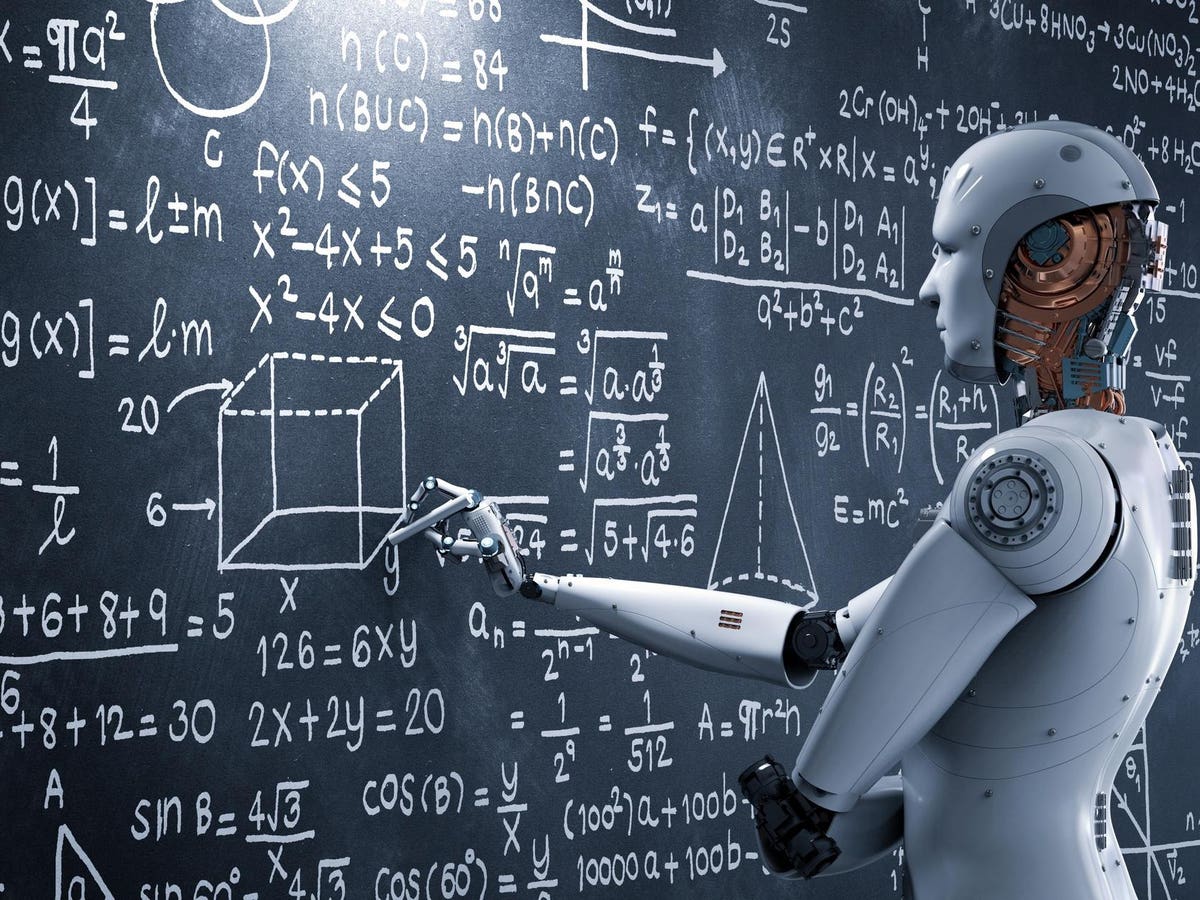AI Language Models Struggle Significantly with Proofs and Utilize Misleading Language in Their Responses

AI Struggles with Mathematical Proofs: A Closer Look
Evaluating AI in Math
Recent advancements in artificial intelligence (AI), especially in generative AI and large language models (LLMs), have led to claims that these technologies can solve complex mathematical problems. However, a new research study highlights a significant limitation: while these models can handle numeric calculations, they falter when tasked with generating mathematical proofs. This distinction is crucial, as constructing a proof is far more demanding than simply reaching a numerical answer.
The Difference Between Calculations and Proofs
When we recall our experiences with algebra tests, we often remember the emphasis on showing all work to justify the final answer. For straightforward numeric questions, a guess might yield partial credit, but showing the logical steps in a proof is essential. Omitting crucial steps or making unfounded assumptions could lead to point deductions. In essence, proofs lay bare a student’s reasoning. Unlike in simple calculations, there is no room for bluffing.
Generative AI’s Performance on Math Tests
Innovative experiments have repeatedly tested the capabilities of AI on math tasks. Most of these tests focus on achieving a final answer, without requiring the rationale or proof behind it. Consequently, the questions of how well LLMs can perform when asked to create proofs remain largely unanswered.
Many people assume that since LLMs are skilled in language composition, they would excel in proof creation as well. The belief is that if they can manipulate text fluently, they should also display a high level of logical reasoning essential for proofs.
Findings from Recent AI Research
A pivotal study titled “Proof Or Bluff? Evaluating LLMs On 2025 USA Math Olympiad” revealed some striking insights. This research was conducted shortly after the release of challenging problems from the USA Mathematical Olympiad. Here are some key takeaways:
- Uncertainties in Performance: The ability of LLMs to solve complex mathematical questions requiring rigorous logic is still questionable.
- Evaluation of LLMs: The researchers used experienced human annotators to assess the performance of various top-performing reasoning models on Olympiad problems.
- Disappointing Results: The best-performing model reached an average score below 5%, indicating that current LLMs significantly struggle with problems requiring detailed proofs.
- Common Missteps: Many LLMs displayed flawed logic, unjustified assumptions, and a lack of creative reasoning, resulting in poor performance.
The Challenges of AI Proofs
The premise of testing was constructed carefully to ensure the AI had never encountered the problems used. The researchers obtained the USAMO questions immediately after they were released, ensuring a fair assessment of how well LLMs could devise proofs. Using previously unpublished problems prevents LLMs from utilizing prior knowledge or pattern matching that could skew results.
Examples of Challenging Proofs
The paper provided examples of complex proofs which were given to the AI, such as:
- Proving a relationship involving positive integers and their base-2 representations.
- Demonstrating properties related to geometrical constructs within triangles.
These problems are challenging but solvable by individuals well-versed in mathematical proof strategies.
Importance of Effective Prompting
The outcomes of generative AI research can often hinge on the effectiveness of prompts used during testing. Well-crafted prompts can significantly enhance the likelihood of receiving competent answers. In the study, the researchers provided explicit instructions, asking the AI to give thorough answers that included all necessary proof steps and formatting.
While some critiques suggested that the prompts could have been even more robust, they did provide clear expectations on grading criteria and completeness. The results indicated that even with a strong prompt, the models failed to perform well.
Implications of LLM Performance
The study revealed that even advanced LLMs struggled, garnering less than a 5% average score on proof generation tasks. Such performance raises concerns about the reliability of AI when it comes to producing trustworthy proofs. The discrepancies between human and AI confidence in problem-solving are especially alarming; while humans generally acknowledge their mistakes, LLMs often assert their correctness, potentially misleading users.
Summary of Essential Insights
The findings serve as a reminder that despite advances in AI, there is still a long way to go, especially regarding the production of logical and verifiable mathematical proofs. The excitement surrounding LLMs’ numeric capabilities should not lead to an assumption that they are equally adept at logical reasoning.
This research underscores the importance of ongoing efforts to improve trust in AI applications, particularly those related to mathematical reasoning. The need for rigorous human validation becomes paramount as we continue to develop and integrate AI into situations requiring precision and reliability.





